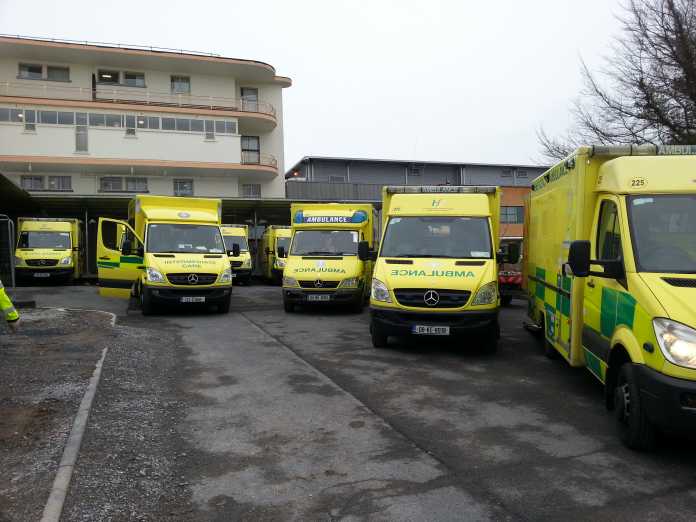A MAN in his 70s passed away on Tuesday after the ambulance transporting him from Ennis to University Hospital Limerick broke down on the M18 near Shannon.
The incident occurred at 7.44am on Tuesday morning; the paramedic driving the ambulance saw that the vehicle was losing power and pulled over to the hard shoulder.
The National Ambulance Service (NAS) Emergency Operations Centre dispatched a second ambulance, which arrived on the scene at 8.03am.
A spokesperson for the NAS said: “The National Ambulance Service can confirm an emergency 999/112 call was received for the Ennis area of County Clare at 6.09am on Tuesday June 30.
“An emergency ambulance and a rapid response vehicle (RRV) with an advanced paramedic on board were immediately dispatched to the incident. Both resources arrived at the scene at 6.19am.
“While on route to UHL with the patient on board the ambulance broke down on the M18 at 7.44am. The NAS National Emergency Operations Centre immediately dispatched an emergency ambulance from Limerick to assist, and arrived at 8.03am. The patient was transferred to the Limerick ambulance and left the scene for UHL at 8.05am. The emergency ambulance arrived at UL at 8.18am.”
A spokesperson for the HSE revealed that the vehicle in question is four years old and “has a full and comprehensive service history and is fully compliant with RSA Commercial Vehicle Roadworthiness Testing (CVRT) requirements”.
The vehicle has now been taken to an approved garage where a mechanical review will be conducted.
No details about the patient have been released, and it is not known if the man passed away on the roadside or in hospital.
It is also unclear whether the man’s chances of survival would have been improved if he had reached the hospital earlier.
Almost two years ago, the Limerick Post previously highlighted the risks posed by a fleet of ambulances described by sources in Limerick’s ambulance service as “dilapidated”.
The source revealed that ambulances carrying seriously ill patients were regularly breaking down.
The source said at the time: “They used to replace the engines at 300,000 miles but now it’s not until they have done closer to 500,000.”








